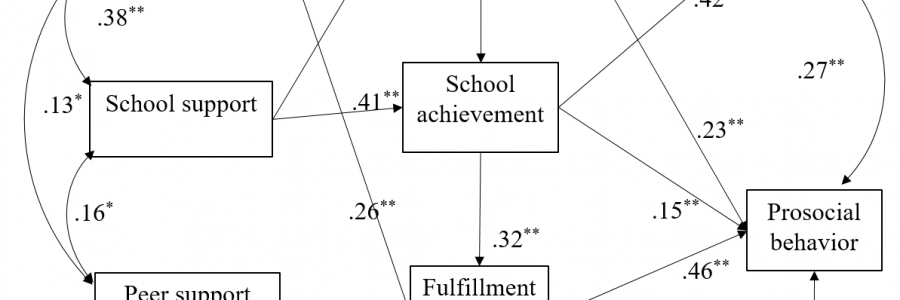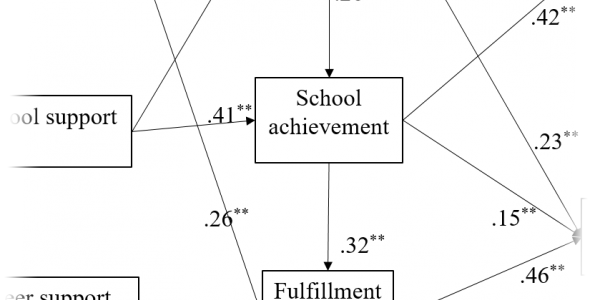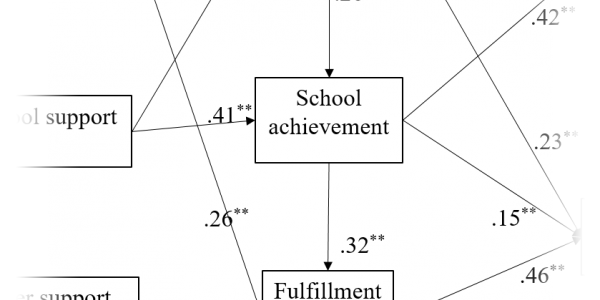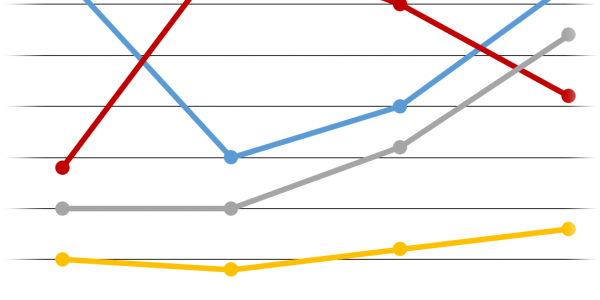Introduction to Path Analysis and Mplus
The power of SEM lies in the fact that it combines factor analysis and regression analysis. Thus SEM has two main components: the measurement paths and the structural paths. Path analysis refers to the structural paths and will be introduced on Day 1. We will also cover mediation analysis and the correct use of regression models, depending on features of the outcome variable. We will fit and discuss an assortment of models in Mplus.
Schedule:
- Session 1: The SEM process
- Session 2: Path analysis with mediated effects
- Session 3: The different types of regression models
- Session 4: Recap and Quiz
The programme is from 10am-5pm, split into 4 sessions of 1-1.5 hours each. Click on the other “bubbles” above to see the schedule for each day.



